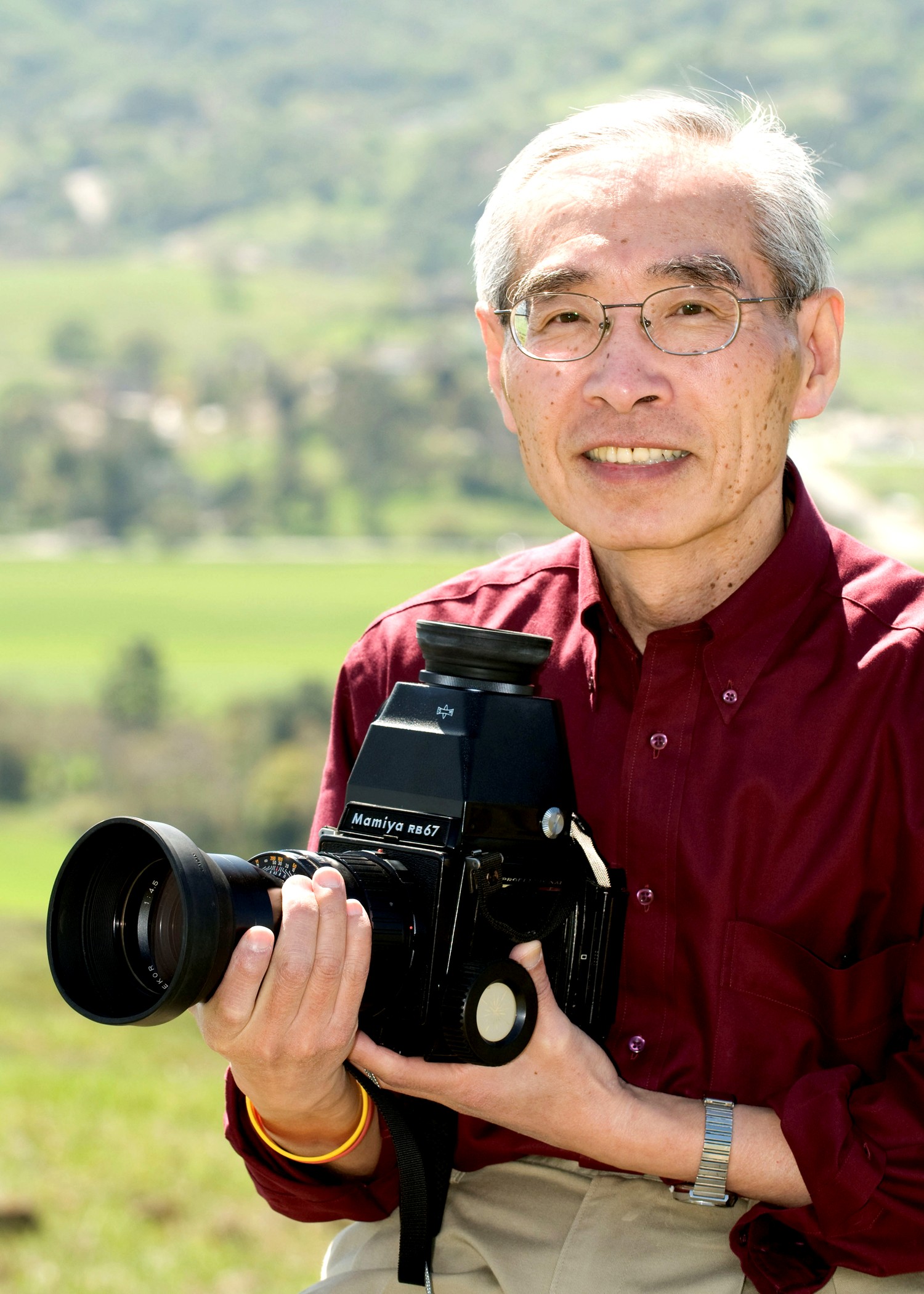-
(b.) -1946 March 26(d.)2009 July 07
Bio/Description
The co-inventor of a process called "Chemically Amplified Resists" with Prof. C. Grant Willson and Prof. Jean M. J. Fr?chet (both from the USA), he was born in Kumamoto, Kyushuu, Japan, the eldest of Takashi and Kunika Ito's two sons. He grew up in Tsu-City, Mie, graduating from Tsu High School (where he met his wife Atsuko) in 1963. That year he entered Tokyo University and earned his Bachelor's and Master's degrees, as well as his Ph.D., all in Chemistry. He and Atsuko were married in 1969 after completing his Master's Degree. In 1976, they moved to Syracuse, NY, where he did his post-doctoral work under the late Prof. Conrad Schuerch in the area of polysaccharide synthesis. In August 1976, during a vacation in Canada, he and his wife were in a tragic automobile accident that severely injured his wife, leaving her a quadriplegic. In 1980 he was recruited as a postdoctoral fellow of Prof. C. Grant Willson (of The University of Texas at Austin) at IBM?s San Jose Research Laboratory to work on the development of new, advanced photoresist materials along with Prof. Jean M. J. Fr?chet who in 1979 began spending a sabbatical leave (from the King Abdullah University of Science and Technology) there to work with Dr. Willson. They had devised the design principles for the Chemically Amplified Resists, which achieve very high sensitivity through use of acid catalyzed reactions, made the first materials, and demonstrated the concept. After joining the project, he made great contributions to many aspects of modern formulations of the materials thereafter. As one of the founding fathers of modern photolithography and co-inventor of chemically amplified photoresists, a material essential for patterning present day semiconductor devices, his contributions to this field were seminal. Together, they developed a photoresist that could generate a chain reaction that, in turn, amplified low-intensity UV light (sub-250nm wave length, which was unusable in previous manufacturing) onto a substrate ? creating a precise, high-contrast etchings on circuits at previously impossible sizes. This cascading effect has been employed in the manufacturing of semiconductors used in almost all electronics for the last 20 years ? and will continue to drive computer speed and power into the foreseeable future. Initially, the chemically amplified resists were a closely guarded IBM technology, but in the 1990's they were licensed to many companies and quickly became the basis for nearly all production of the semiconductor chips. Even today, it continues to provide crucial technologies for semiconductor production, thereby contributing profoundly to the development of information society. All advanced chips in the world are now produced with this process without which revolutionary technology, advances in semiconductor technology would have fallen behind the timeline set forth by Moore?s Law. The invention has greatly aided the production of more powerful chips at a lower cost, and contributed substantially to the worldwide economic growth of the last 15 years. Among his many awards, the Lifetime Achievement Award by the Society of Polymer Science (Japan), Heroes of Chemistry Award by the American Chemical Society and the Carother's Award by the American Chemical Society Delaware Section highlight his career. He was elevated to IBM Fellow in 2008, the highest technical honor in the company. He was an avid mountaineer and photographer. In addition he and his wife were devoted opera fans, rarely missing performances either by the San Jose or San Francisco Opera Company.
-
Date of Birth:
1946 March 26 -
Date of Death:
2009 July 07 -
Noted For:
Co-inventor of a process called "Chemically Amplified Resists", which has greatly aided the production of more powerful chips at a lower cost, and contributed substantially to the worldwide economic growth of the last 15 years -
Category of Achievement:
-
More Info:


